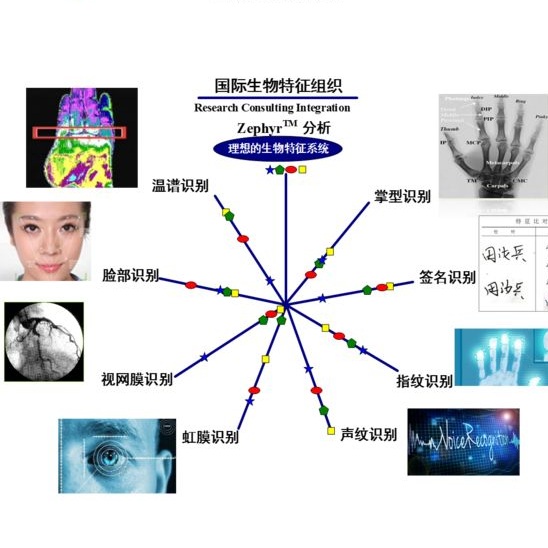Wearable devices are increasingly used, thanks to the wide set of applications that can be deployed exploiting their ability to monitor physical activity and health-related parameters. Their usage has been recently proposed to perform biometric recognition, leveraging on the uniqueness of the recorded traits to generate discriminative identifiers. Most of the studies conducted on this topic have considered signals derived from cardiac activity, detecting it mainly using electrical measurements thorugh electrocardiography, or optical recordings employing photoplethysmography. In this paper we instead propose a BIOmetric recognition approach using Wearable Inertial Sensors detecting Heart activity (BIOWISH). In more detail, we investigate the feasibility of exploiting mechanical measurements obtained through seismocardiography and gyrocardiography to recognize a person. Several feature extractors and classifiers, including deep learning techniques relying on transfer learning and siamese training, are employed to derive distinctive characteristics from the considered signals, and differentiate between legitimate and impostor subjects. An multi-session database, comprising acquisitions taken from subjects performing different activities, is employed to perform experimental tests simulating a verification system. The obtained results testify that identifiers derived from measurements of chest vibrations, collected by wearable inertial sensors, could be employed to guarantee high recognition performance, even when considering short-time recordings.
翻译:由于利用监测体育活动和与健康有关的参数的能力,可以运用一系列广泛的应用来利用这些应用来监测体育活动和与健康有关的参数。最近提议使用这些应用来进行生物鉴别识别,利用所记录特性的独特性来产生歧视性识别特征。就这个专题进行的大多数研究都考虑了心脏活动产生的信号,主要利用电测量透视电动心电图学或光学记录来探测这些信号,主要利用光膜照相仪来探测这些信号。在本文中,我们提议采用一种生物识别方法,使用可湿的惰性感应器探测心脏活动(BIOOPISH)。我们更详细地调查利用通过地震心电图和气动学获得的机械测量来识别一个人的可行性。一些特征提取器和分类器,包括依靠转移学习和感官培训的深学习技术,用来从考虑的信号中得出独特的特征,并区分合法和假主题。一个多学数据库,包括从从事不同活动的主体获取的资料,用来进行模拟短期核查系统的实验测试。获得的结果证明,在采用高性能感应感测到高性感测度时,通过采用高性能感测度来确认。



